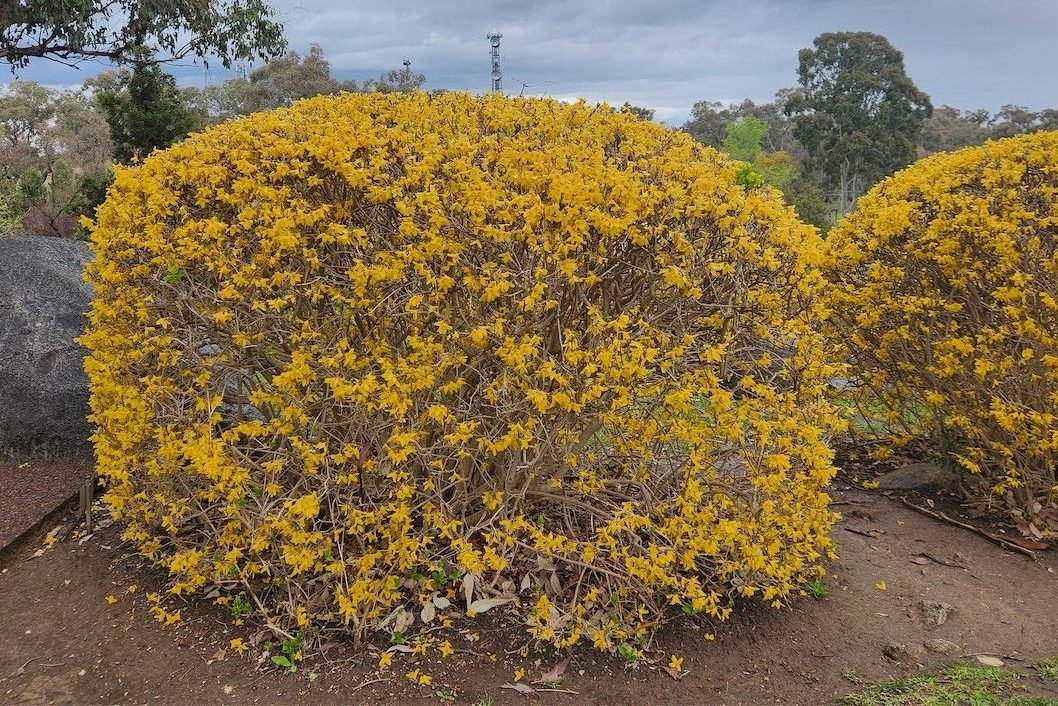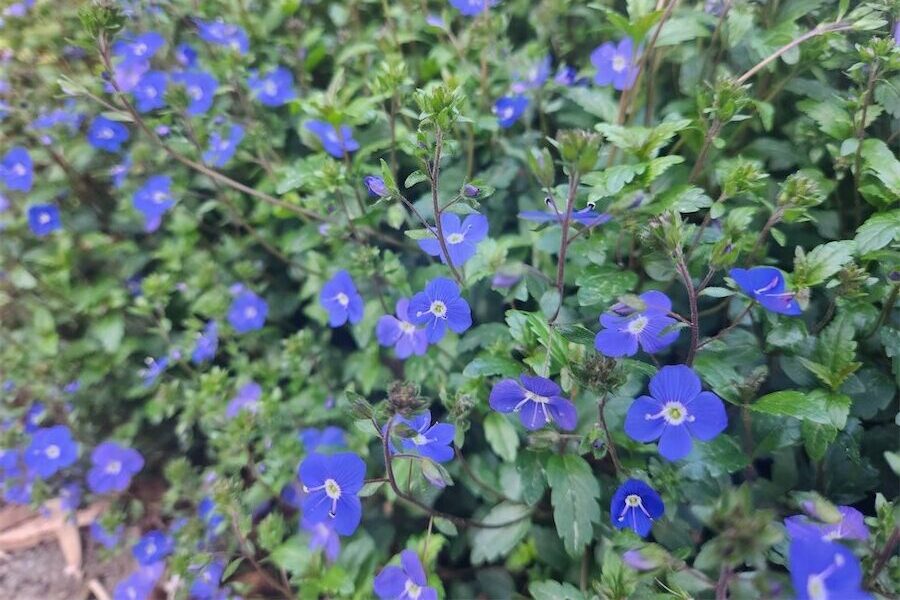FORSYTHIAS are simple shrubs that grow well in our climate and, once flowering, their brilliant yellow flowers, on bare stems, signal spring is here.

They are from the olive family and cope well with dry conditions. In fact, they’re drought tolerant once established and don’t mind being in full sun either.
Fast growing, they can grow up to four metres in the right spot. They green up nicely in summer and can be shaped into spheres, clipped into a hedge. If left unpruned, they will create an informal arching shrub that might need a little room to grow.
After flowering, the leaves appear and in summer the lime-green leaves darken with the season. Their autumnal yellow to purple colour is a really pretty feature as well.
They’re terrific as cut flowers in a vase and a low-maintenance shrub to fill a hot spot in the garden.
Forsythia are easy to propagate, and layering can be done by pegging long branches and covering with soil to get them to take root. Once they have, they can be potted up.
Fortunately, there are no known pest and disease issues, and they are not fussy about soil types for growing, either. A tip prune in spring and summer and a general fertilise is all they need, but every few years removing old dead stems from the base of the shrub will allow light into the centre to create new growth.
I am growing a white-flowering forsythia (Abeliophyllum distichum) for its amazing fragrance.

FRITILLARIES are unusual, rare, small bulbs that are flowering now. They grow to about 30 centimetres and have a wonderful display of checkered, pendant, bell-shaped dainty flowers. Colour varies from reddish-brown to purple or white.
Fritillarias, or “snake’s head”, look beautiful in a pot on their own or with a combination of other small bulbs or annual flowers. They’re not bothered by sun or shade, but just need good drainage so the bulbs don’t rot. They can be mass planted or grown in a meadow lawn. The benefit of growing them in the lawn is to keep the bulbs cool over the hottest months of the year.
If they’re coming via mail order, they’ll need to be planted as soon as they arrive as all lilies from the Liliaceae family have scales and can dry out quickly.
Soak in seaweed solution overnight and plant in well-prepared soil. Fritillaries can be finicky and a challenge to grow but worth it when you see them in flower.
NOW’S the season for plant fairs, open gardens and plant shows. It’s a busy time to buy locally produced plants and learn from experts who have grown them. The season starts with the Horticultural Society of Canberra show at the Wesley Centre in Forrest (September 16-17).
- The Growing Friends of the Australian Botanic Gardens have a plant sale in the car park on September 16.
- The Lanyon Plant Fair is back on the gardening calendar on September 23.
- It is also the beginning, September 16, for Floriade, which runs until October 15. This year’s theme is “Floral Wonderland” and includes 21 garden beds with more than a million blooms.
Jottings
- Trim camellias that have finished flowering.
- Keep watering flowering trees and shrubs.
- Fertilise all garden beds with organic fertiliser.
- Plant out vegetable seedlings with protection from the frost.
Related
Who can be trusted?
In a world of spin and confusion, there’s never been a more important time to support independent journalism in Canberra.
If you trust our work online and want to enforce the power of independent voices, I invite you to make a small contribution.
Every dollar of support is invested back into our journalism to help keep citynews.com.au strong and free.
Thank you,
Ian Meikle, editor




